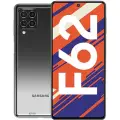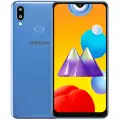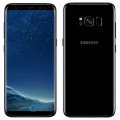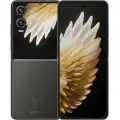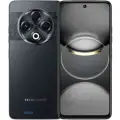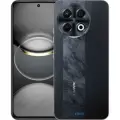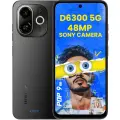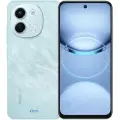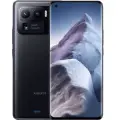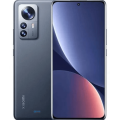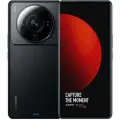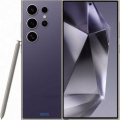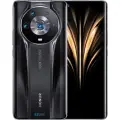Samsung Galaxy S24



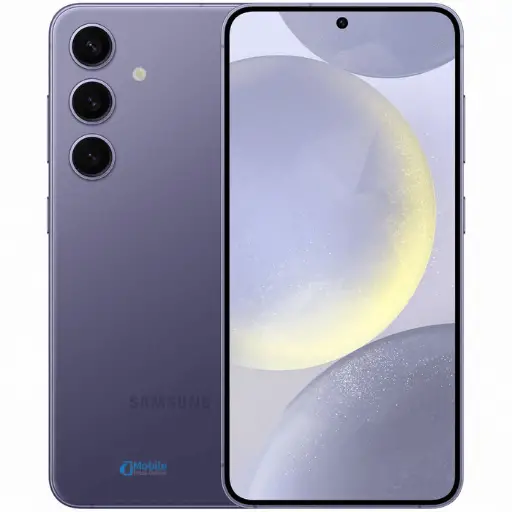
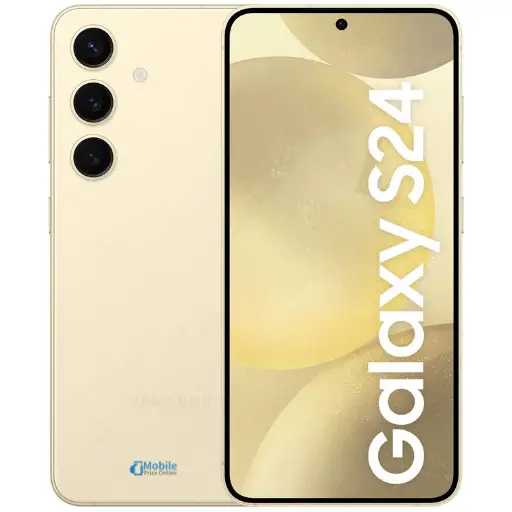
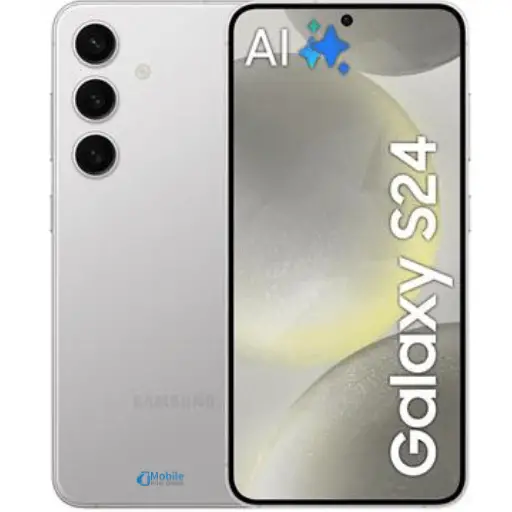

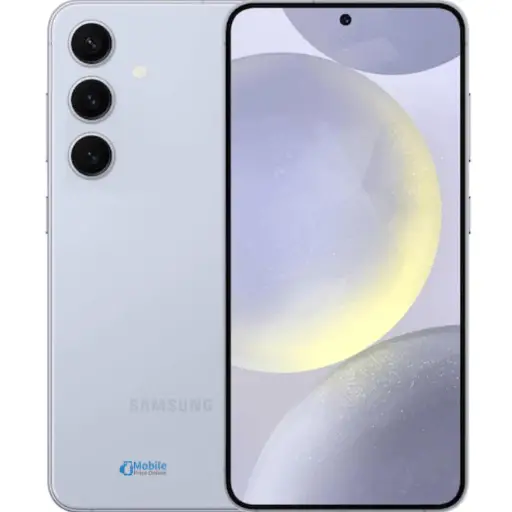
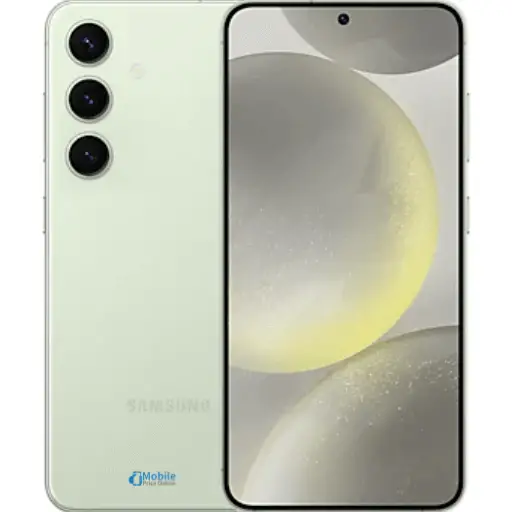
-
Released: 2024, January 24
-
OS: Android 14, One UI 6.1
-
Display: 6.2" 1080x2340 pixels
-
Camera: 200MP 4320p
-
RAM: 8/12GB RAM Snapdragon 8 Gen 3
-
Battery: 4000mAh Li-Ion
Full Specifications and Price in Bangladesh
General Info
| Announced | 2024, January 17 |
| Status | Available |
| Brand | Samsung |
| Model | Samsung Galaxy S24 |
| Color | Onyx Black, Marble Grey, Cobalt Violet, Amber Yellow, Jade Green, Sandstone Orange, Sapphire Blue |
| Made by | South Korea |
| Price | BDT. 82,000 |
Network
| Technology | GSM / CDMA / HSPA / EVDO / LTE / 5G |
| 2G Bands |
GSM 850 / 900 / 1800 / 1900 - SIM 1 & SIM 2 (Dual SIM model only) CDMA 800 / 1900 & TD-SCDMA |
| 3G Bands |
HSDPA 850 / 900 / 1700(AWS) / 1900 / 2100 CDMA2000 1xEV-DO |
| 4G Bands | 1, 2, 3, 4, 5, 7, 8, 12, 13, 17, 18, 19, 20, 25, 26, 28, 32, 38, 39, 40, 41, 66 - International |
| 5G Bands | 1, 2, 3, 5, 7, 8, 12, 20, 25, 26, 28, 38, 40, 41, 66, 75, 77, 78 SA/NSA/Sub6 - International SA/NSA/Sub6/mmWave - USA |
| Speed | HSPA, LTE (up to 7CA), 5G |
| GPRS GPRS (General Packet Radio Service) is a packet oriented mobile data service on the 2G and 3G cellular communication system's global system for mobile communications (GSM), Generally, GPRS is used for the purpose of wireless data transfer, such as sharing pictures and videos or browsing the Internet via a mobile phone connection. | |
| EDGE EDGE (Enhanced Data GSM Environment) is a wireless network technology generally considered the next step in the 2G network offers data transfer rates up to four times faster than ordinary GSM networks, Generally, EDGE is used for the purpose of wireless data transfer, such as sharing pictures and videos or browsing the Internet via a mobile phone connection. |
Body
| Dimensions | 147 x 70.6 x 7.6 mm (5.79 x 2.78 x 0.30 in) |
| Weight | 167 g or 168 g (5.89 oz) |
| Build | Glass front (Gorilla Glass Victus 2), glass back (Gorilla Glass Victus 2), aluminum frame |
| SIM SIM (Subscriber Identity Module) is a small card that contains mobile network subscriber's account information. This allows the phone using the card to attach to a mobile network. The SIM card is most commonly associated with GSM and UMTS mobile networks. Moving a SIM card from one phone to another allows a subscriber to switch mobile phones without having to contact their mobile network carrier. SIM cards can also be used by a phone to store limited amounts of data, such as phone numbers and text messages. | Nano-SIM and eSIM/ Dual eSIM or Dual SIM (2 Nano-SIMs and eSIM, dual stand-by) IP68 dust/water resistant (up to 1.5m for 30 min) Armor aluminum 2 frame with tougher drop and scratch resistance (advertised) |
Display
| Type Design Type called form factor refers to a mobile phone's size, shape, and style as well as the layout and position of major components of phone. There are three major form factors seen in mobile phones => bar phones, folding phones and sliding phones. | Dynamic LTPO AMOLED 2X, 120Hz, HDR10+, 2600 nits (peak) |
| Size | 6.2 inches, 94.4 cm2 (~90.9% screen-to-body ratio) |
| Resolution | 1080 x 2340 pixels, 19.5:9 ratio (~416 ppi density) |
| Refresh Rate | 120Hz |
| Protection |
Corning Gorilla Glass Victus 2 Always-on display |
| Pixel Density Pixel Density (PPI) is refers to the concentration of pixels on a particular display, measured in pixels per inch (ppi). Pixel density is calculated by dividing the diagonal pixel resolution of a display by its diagonal size, higher pixel density better display quality. | 416 ppi density |
| Multitouch | |
| Features |
- SMS(threaded view), MMS, Email, Push Email, IM - XviD/MP4/H.265 player - MP3/WAV/eAAC+/Flac player - Photo/video editor - Document viewer |
Platform
| Operating System OS => Every computer system run on a base software called Operating System (OS). Operating System controls all basic operations of the computer (such as smartphone, PDAs, tablet computers and other handheld devices). The Operating System allows the user to install and run third party applications (apps), apps are used to add new functionality to the device. | Android 14, One UI 6.1 |
| Chipset Chipset is a group of integrated circuits designed to perform one or a more dedicated functions, often with real time computing constraints, Popular smartphones are equipped with more advanced embedded chipsets that can do many different tasks depending on their programming. | Qualcomm SM8650-AC Snapdragon 8 Gen 3 (4 nm) - USA/Canada/China Exynos 2400 (4 nm) - International |
| CPU CPU (Central Processing Unit) mostly known as processors, CPU processes instructions in order to carry out certain functions that make your device operate properly. Processors are often described as the brain of computers, smartphones and tablets, Smartphones and tablets rely on processors to carry out their every task, Processors are an incredibly important factor in selecting any type of computing device, including your smartphone. | 8-core (1x3.39GHz Cortex-X4 & 3x3.1GHz Cortex-A720 & 2x2.9GHz Cortex-A720 & 2x2.2GHz Cortex-A520) 10-core (1x3.2GHz Cortex-X4 & 2x2.9GHz Cortex-A720 & 3x2.6GHz Cortex-A720 & 4x1.95GHz Cortex-A520) |
| GPU GPU (Graphics Processing Unit) is a single-chip processor designed to rapidly manipulate and alter memory to accelerate the creation of images in a frame buffer intended for output to a display, This includes things such as lighting effects, object transformations, and 3D motion. | Adreno 750 (1 GHz) - USA/Canada/China Xclipse 940 - International |
Memory
| Card Slot Memory Card Slot is a special slot for inserting a memory card. Memory cards allow you to expand the phone's built-in memory, A memory card (sometimes called a flash memory card or a storage card) is a small storage medium used to store data such as text, pictures, audio, and video, for use on small, portable or remote computing devices such as mobile phones, mp3 players, digital cameras. | No |
| RAM RAM (Random Access Memory) is a type of computer memory that can be accessed randomly, any byte of memory can be accessed without touching the preceding bytes that allows information to be stored and accessed quickly from random locations. RAM is the most common type of memory found in computer systems, smartphones, tablets and other electronic devices. | 8/12 GB |
| Internal Internal Storage is a data storage space (flash memory) mostly used in smartphones, tablets and other electronic devices where operating system, apps, music, photos, videos, files and other user data Is stored. | 128/256/512 GB |
Main Camera
| Camera Resolution |
50 MP, f/1.8, 24mm (wide), 1/1.56", 1.0µm, dual pixel PDAF, OIS 10 MP, f/2.4, 67mm (telephoto), 1/3.94", 1.0µm, PDAF, OIS, 3x optical zoom 12 MP, f/2.2, 13mm, 120˚ (ultrawide), 1/2.55" 1.4µm, Super Steady video |
| Camera Features |
LED flash, auto-HDR, panorama |
| Video Resolution | 8K@24/30fps, 4K@30/60fps, 1080p@30/60/240fps, HDR10+, stereo sound rec., gyro-EIS |
Selfie Camera
| Camera Resolution |
12 MP, f/2.2, 26mm (wide), dual pixel PDAF |
| Camera Features |
Dual video call, Auto-HDR, HDR10+ |
| Video Resolution | 4K@30/60fps, 1080p@30fps |
Sound
| Alert Types | Yes |
| Loudspeaker | Yes, with stereo speakers |
| Audio Jack |
Connectivity
| WLAN | Wi-Fi 802.11 a/b/g/n/ac/6e, tri-band, Wi-Fi Direct |
| Bluetooth Bluetooth is a wireless communications technology for exchanging data between mobile phones, headsets, computers and other network devices over short distances without wires, Bluetooth technology was primarily designed to support simple wireless networking of personal consumer devices. | 5.3, A2DP, LE |
| GPS GPS The Global Positioning System is a satellite-based radio navigation system, GPS permits users to determine their position, velocity and the time 24 hours a day, in all weather, anywhere in the world, In order to locate your position, your device or GPS receiver must have a clear view of the sky. | GPS, GLONASS, BDS, GALILEO |
| NFC NFC (Near field communication) is a set of standards for smartphones and similar devices to establish peer-to-peer radio communications with each other by touching them together or bringing them into proximity, usually no more than a few inches. | |
| Infrared port | |
| FM Radio | |
| USB | USB Type-C 3.2, OTG |
Features
| Sensors Sensors are electronic components that detects and responds to some type of input from the physical environment. The specific input could be light, heat, motion, moisture, pressure and location, The output is generally a signal that is converted to use in computing systems, a location sensor, such as a GPS receiver is able to detect current location of your electronic device. |
Fingerprint (under display, ultrasonic), accelerometer, gyro, proximity, compass, barometer Samsung De X, Samsung Wireless De X (desktop experience support |
| Messaging | Yes |
| Browser Web Browser => a web browser is a software application used to locate, retrieve and display content on the World Wide Web, including Web pages, images, video and other files, The primary function of a web browser is to render HTML, the code used to design or markup webpages. | HTMl5 |
| Java |
Battery
| Battery Type Battery Type => Cell phones run on various kinds of batteries depending on the manufacturer, phone size or shape and features. There are basically four types of cell phone batteries => Lithium Polymer, Lithium Ion, Nickel Metal Hydride and Nickel Cadmium. | Non-removable Li-Po |
| Battery Capacity Battery Capacity is a measure (typically in Amp-hr) of the charge stored by the battery, and is determined by the mass of active material contained in the battery. The battery capacity represents the maximum amount of energy that can be extracted from the battery under certain conditions. | 4000 mAh |
| Charging Wireless Charging (Inductive Charging) uses an electromagnetic field to transfer energy between two objects. This is usually done with a charging station. Energy is sent through an inductive coupling to an electrical device, which can then use that energy to charge batteries or run the device. |
25W wired, PD3.0, 50% in 30 min (advertised) 15W wireless (Qi/PMA) 4.5W reverse wireless |
| Fast Charging | |
| Wireless Charging |
Samsung Galaxy S24: Overview
The Samsung Galaxy S24 is a premium flagship smartphone that brings top-of-the-line features, advanced performance, and a sleek design. Powered by the latest Snapdragon 8 Gen 3 processor, it offers unparalleled speed, multitasking capabilities, and an exceptional gaming experience. The 6.2-inch Dynamic AMOLED 2X display provides stunning visuals with a 120Hz refresh rate, making it perfect for media consumption and gaming. The triple-camera setup, with a 50MP main sensor, offers superior photography and video recording. Backed by a 4000mAh battery with fast charging, the Galaxy S24 aims to set new standards in the flagship smartphone market.
Price in Bangladesh:
The Samsung Galaxy S24 is expected to be priced at around BDT 82,000.
Pro and Cons
Pros:
- Powerful Performance: The Snapdragon 8 Gen 3 chipset ensures high-speed performance, capable of handling demanding tasks, gaming, and multitasking with ease.
- Stunning Display: The 6.2-inch Dynamic AMOLED 2X display delivers vibrant colours, deep blacks, and a smooth 120Hz refresh rate.
- High-Quality Camera System: The 50MP main camera, combined with ultra-wide and telephoto lenses, offers excellent versatility and impressive photo quality.
- 5G Connectivity: Provides future-proof 5G support for faster internet speeds and a better overall mobile experience.
- Premium Build: With a sleek glass and metal design, the phone feels luxurious and well-built.
Cons:
- Average Battery Capacity: The 4000mAh battery is slightly smaller compared to other flagships, which could impact heavy users, although fast charging helps offset this.
- High Price: As a flagship device, the Galaxy S24 is priced at a premium, which might not appeal to budget-conscious buyers.
- No MicroSD Slot: The need for expandable storage might be a limitation for users who need extra storage for large media files or apps.
FAQs
Q1: Does the Samsung Galaxy S24 support wireless charging?
Yes, the Samsung Galaxy S24 supports both wireless and reverse wireless charging, making it convenient to charge other devices on the go.
Q2: How good is the camera on the Samsung Galaxy S24?
The phone features a 50MP primary camera, offering superior photo quality, especially in low-light conditions, thanks to Samsung’s advanced image processing.
Q3: Is the Galaxy S24 water-resistant?
Yes, the Galaxy S24 comes with an IP68 rating, meaning it is water and dust-resistant.
Q4: Does the Galaxy S24 have a fingerprint sensor?
Yes, the phone features an under-display ultrasonic fingerprint sensor for quick and secure unlocking.
Q5: What is the refresh rate of the Galaxy S24’s display?
The Samsung Galaxy S24 features a 120Hz refresh rate, ensuring smooth scrolling and a better gaming and media experience.
Reason to Buy
- Flagship-Level Performance: With the Snapdragon 8 Gen 3 processor, the Galaxy S24 offers exceptional speed and power, making it perfect for heavy multitasking, gaming, and professional use.
- Outstanding Camera System: The 50MP primary camera, along with ultra-wide and telephoto lenses, provides excellent photo and video quality, even in challenging lighting conditions.
- Superb Display: The 6.2-inch Dynamic AMOLED 2X display with a 120Hz refresh rate delivers one of the best viewing experiences on a smartphone, perfect for content consumption and gaming.
- 5G and Wireless Charging: Enjoy the benefits of 5G connectivity for faster speeds, along with wireless charging and reverse wireless charging for added convenience.
- Premium Design: The combination of glass and metal gives the Galaxy S24 a premium look and feel, appealing to users who value aesthetics and build quality.
Videos
Disclaimer Note
We do not guarantee that the information of this page is 100% accurate and up to date.

